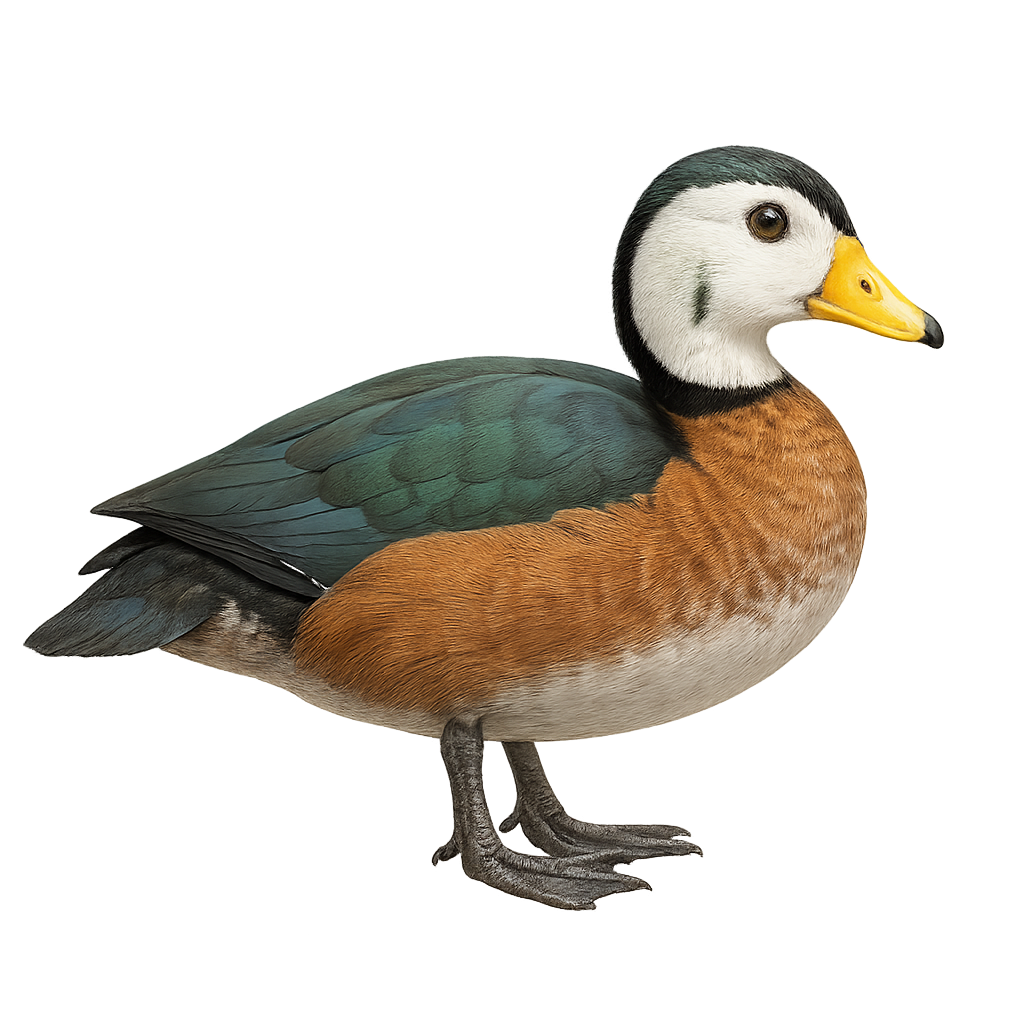Your wildlife photography guide.
Explore the african pygmy goose in detail, study its behavior, prepare your shots.
Where to observe and photograph the african pygmy goose in the wild
Learn where and when to spot the african pygmy goose in the wild, how to identify the species based on distinctive features, and what natural environments it inhabits. The WildlifePhotographer app offers tailored photography tips that reflect the african pygmy goose’s behavior, helping you capture better wildlife images. Explore the full species profile for key information including description, habitat, active periods, and approach techniques.
African Pygmy Goose
Scientific name: Nettapus auritus

IUCN Status: Least Concern
Family: ANATIDAE
Group: Birds
Sensitivity to human approach: Suspicious
Minimum approach distance: 10 m
Courtship display: August to October
Incubation: 26-28 jours
Hatchings: September to November
Habitat:
Marshes, shallow lakes, wetlands
Activity period :
Primarily active during the day, with peak activity in the morning and late afternoon.
Identification and description:
The Nettapus auritus, or African Pygmy Goose, is a small African duck with distinctive plumage. Males have a white head with metallic green patches, while females display more subdued tones. Their body is mainly brown with greenish reflections on the wings. These aquatic birds prefer wetlands such as marshes and shallow lakes where they feed on seeds and aquatic plants. They are often seen in small groups and are known for their fast, direct flight. Their behavior is generally suspicious, making them difficult to approach.
Recommended lens:
400 mm – adjust based on distance, desired framing (portrait or habitat), and approach conditions.
Photography tips:
To photograph the Nettapus auritus, it is advisable to use a telephoto lens of at least 400mm to capture detailed images without disturbing them. Approach slowly and discreetly, using the surrounding vegetation as cover. Early morning or late afternoon hours provide soft light that highlights the colors of their plumage. Be patient and wait for them to feel comfortable to get natural shots.
The WildlifePhotographer App is coming soon!
Be the first to explore the best nature spots, track rutting seasons, log your observations, and observe more wildlife.
Already 1 431 wildlife lovers subscribed worldwide

